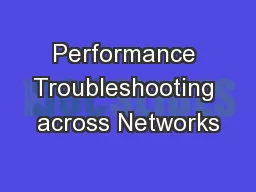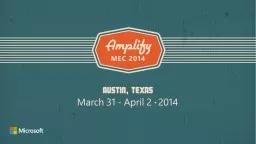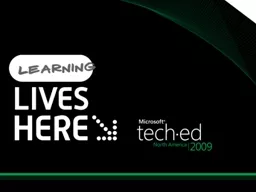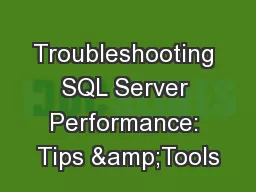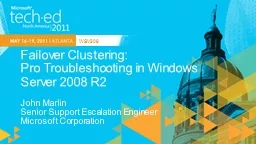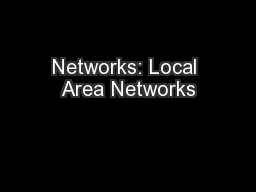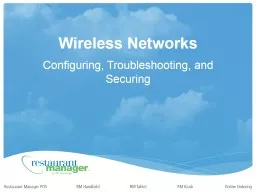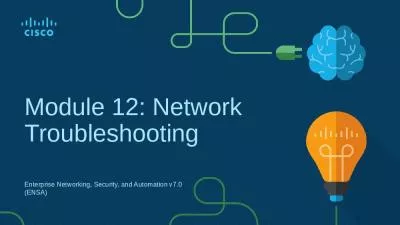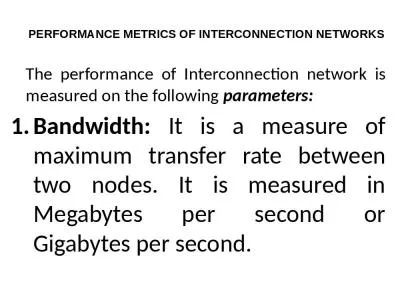PPT-Performance Troubleshooting across Networks
Author : sherrill-nordquist | Published Date : 2018-03-20
Joe Breen University of Utah Center for High Performance Computing What are User Expectations httpfasterdataesnethomerequirementsandexpectations What are the steps
Presentation Embed Code
Download Presentation
Download Presentation The PPT/PDF document "Performance Troubleshooting across Netwo..." is the property of its rightful owner. Permission is granted to download and print the materials on this website for personal, non-commercial use only, and to display it on your personal computer provided you do not modify the materials and that you retain all copyright notices contained in the materials. By downloading content from our website, you accept the terms of this agreement.
Performance Troubleshooting across Networks: Transcript
Download Rules Of Document
"Performance Troubleshooting across Networks"The content belongs to its owner. You may download and print it for personal use, without modification, and keep all copyright notices. By downloading, you agree to these terms.
Related Documents

